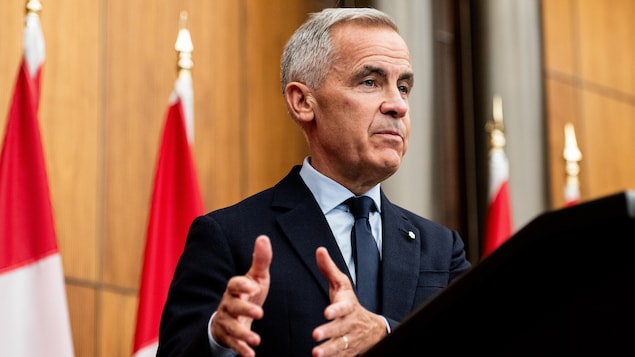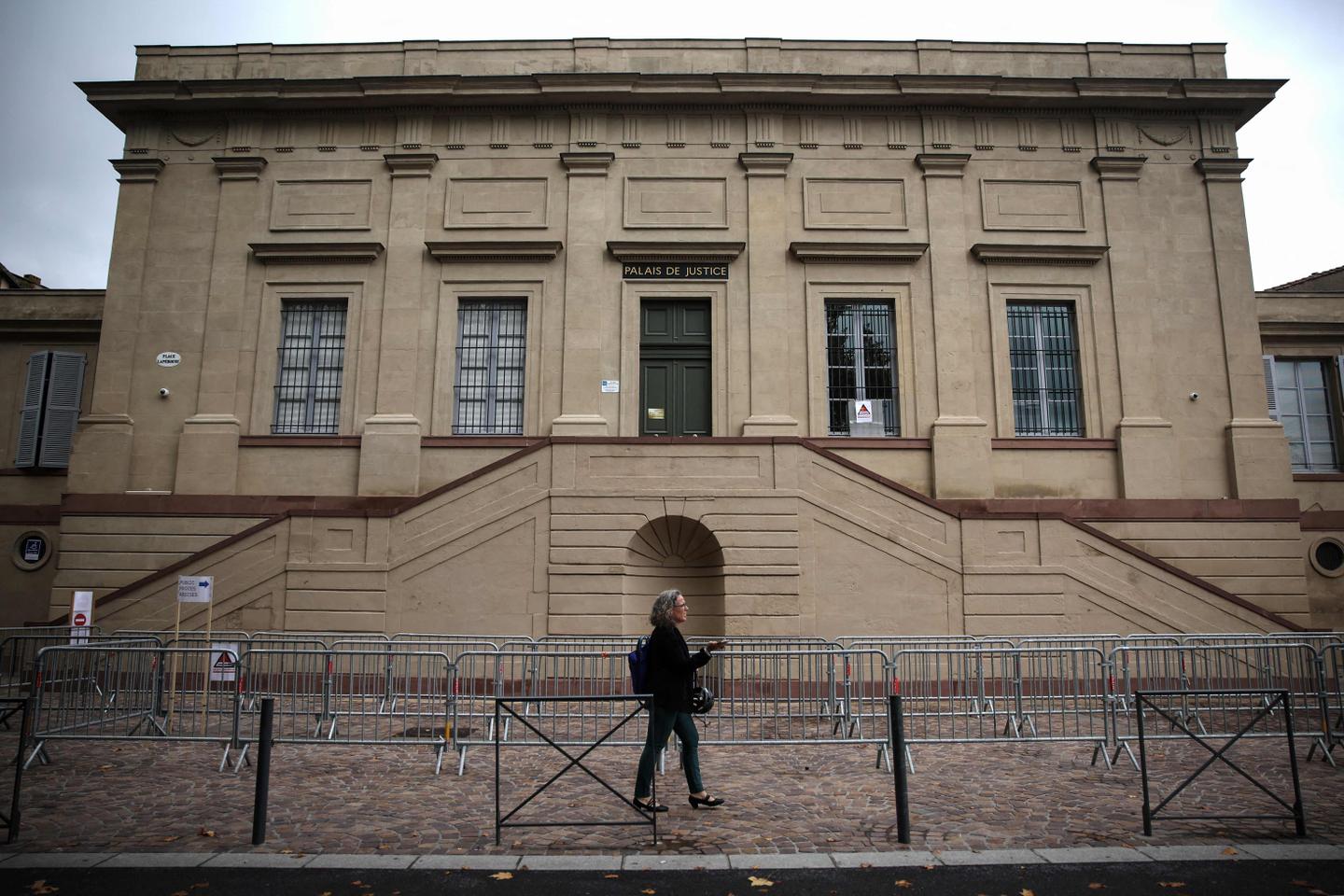There are fewer than 12 fluent speakers of Northern Tutchone left in the remote community of Mayo, Yukon – and many of them are elderly.
The First Nation of Na-Cho Nyӓk Dun has turned to technology to help preserve the language.
The project is called Kwän Dék'án' Do, or "to keep the fire burning."
In collaboration with Carleton University and the Office of the Commissioner of Indigenous Languages, the First Nation is using virtual reality games and a holographic display as teaching tools.
They're also building a digital archive of community objects and constructing a digital language model supported by artificial intelligence.
In Mayo's community hall, Carleton University professor Ali Arya stands in front of what looks like a big white box.
'I have goosebumps'
"The main attraction of this particular device is that it allows you to have a virtual presence that is very engaging, very three-dimensional and realistic," he said.
With a few swipes of his fingers, he scrolls past icons with the faces of elders and selects one.
Suddenly, 78-year-old Walter Peter appears to be sitting inside the box – and begins telling a story.
"It's amazing," said Krystal Profeit, a community member who showed up to the demonstration. "I actually have goosebumps."
The holographic display used by the First Nation of Na-Cho Nyӓk Dun. (Juanita Taylor/CBC)
The university first brought the devices for meetings, as a way to improve the connection between the school and Na-Cho Nyӓk Dun First Nation. But soon, discussions were underway about how else it could be used – the First Nation saw potential in using the device as an education tool for the community's children.
"We're a small community, and there's always issues with getting teachers here," said First Nation Heritage Manager Teresa Samson. "I started thinking it would be cool if we could just beam them in."
It didn't take long for the group to consider how the devices could be used to address one of the most pressing challenges for the community – the loss of their elders, and with them, generations of knowledge about Northern Tutchone language and culture.
Elder Franklin Lee Patterson, 70, said he was reluctant when he first heard about the project.
"Our young people are on the phone, playing games," he said. "They don't hear you, they don't acknowledge you. They just want to do what's on that phone. I see some four-year-old kids on it, three-year-old kids on it. They've learned it's a good babysitter."
"Back in our day, babysitting was totally different. We rode on our mum's back inside a beaded strap, and we learned the language, we learned how to do our culture, through our years of childhood.
'we have to be involved with the change'
"But now, I've woken up, and I've thought about it, and I've thought… the change – we have to be involved with the change in order to make it good for the children. And to teach 'em, through this hologram. So I'm going to sit on this hologram and give it the best shot that I can.
"When I leave to the spirit world, I'm going to leave my knowledge behind on that machine."
At first, the language project was intimidating to elders for another reason – uncertainty about who could access the technology and how it might be used.
"I thought, 'I'm going to give my knowledge, and what are they going to do with it? Where is it going to go?'" said Patterson. "The rest of the world is going to take it. It kind of worried me."
Elder Franklin Lee Patterson, 70, said he was reluctant when he first heard about the project. (Kate Kyle/CBC)
Patterson wasn't the only one with concerns.
"There's a lot of fear around other people using our information, misrepresenting us," said Samson. "A lot of conversation around how you protect Indigenous knowledge. You really have to trust your partners."
But Samson said the relationship that has been built between Carleton and the First Nation over the last 40 years is special and allowed them to embark on an exceptionally ambitious project: collecting enough data out of interviews, old cassette tapes and archives from as far away as the Alaska Native Language Centre to build a language model.
That model, supported by AI, will hopefully one day be able to allow conversations with learners, translate handwritten letters, suggest interpretations, and even generate new words and phrases.
The software will be open-source, and while Na-Cho Nyӓk Dun information can only be accessed by community members, the system will be accessible to other First Nations.
Indigenous languages critically endangered
"We're going to be able to hand the skeleton to someone else and say, 'Look what we did with ours. You can do it too. Here's the framework,'" said Samson. "I think that's really important."
A number of Indigenous languages across the country are critically endangered, said Indigenous Language Commissioner Ronald Ignace.
Some only have one or two speakers left.
The church and the government, he said, "denigrated, denied and belittled" Indigenous languages, and the impact continues today.
"Language is the cradle of our spirit," he said.
"And if we want to raise our spirit up, which has been battered and bruised through the ages, we need to revitalize our languages, because that is who we are."
Walter Peter was sent to residential school in Carcross as a boy. Years afterwards, Peter said, many of his friends still spoke in English instead of Northern Tutchone.
"I think they were ashamed to speak our language," he said.
Now, Peter, along with Patterson, is one of just a handful of speakers left.
The language project began earlier this year, in January. Just weeks later, the community lost beloved Elder Jimmy Johnny, a towering presence in Mayo and beyond.
'We have a piece of him still'
"The sense of urgency is felt very strongly here, because in just the year that we've been working on this project, several elders who speak Northern Tutchone have left us," said Troy Anderson, a Carleton University professor.
"It just drives home how important it is to get this work done as quickly as possible."
Johnny, who was a strong advocate for learning Northern Tutchone and who Samson said became an advocate for the project, was able to be recorded for the holographic display before he passed.
"I turned it on, and there was a gasp, because it was just like Jimmy Johnny was in the room again," said First Nation Heritage Manager Teresa Samson. (Kate Kyle/CBC)
"I turned it on, and there was a gasp, because it was just like Jimmy Johnny was in the room again," she said, tearing up. "And that makes me feel happy to know we have a piece of him still."
Patterson said it was like seeing his best friend again.
"It looked so real," he said. "Seeing him on that hologram… it's amazing what you can do with technology."
[SRC] https://www.cbc.ca/news/canada/north/yukon-na-cho-ny%D3%93k-dun-first-nation-hologram-project-1.7650021
 Visit the website
Visit the website






